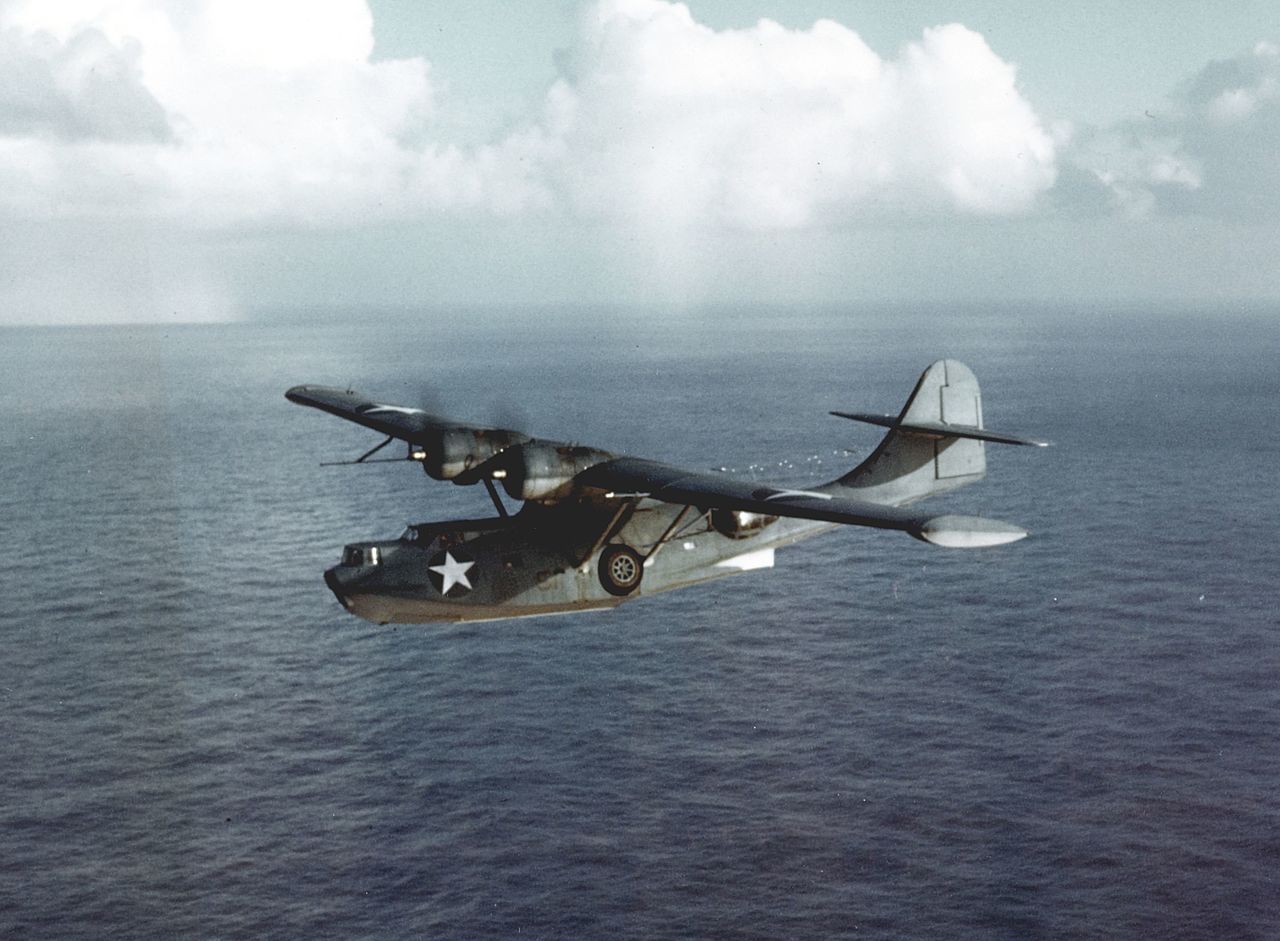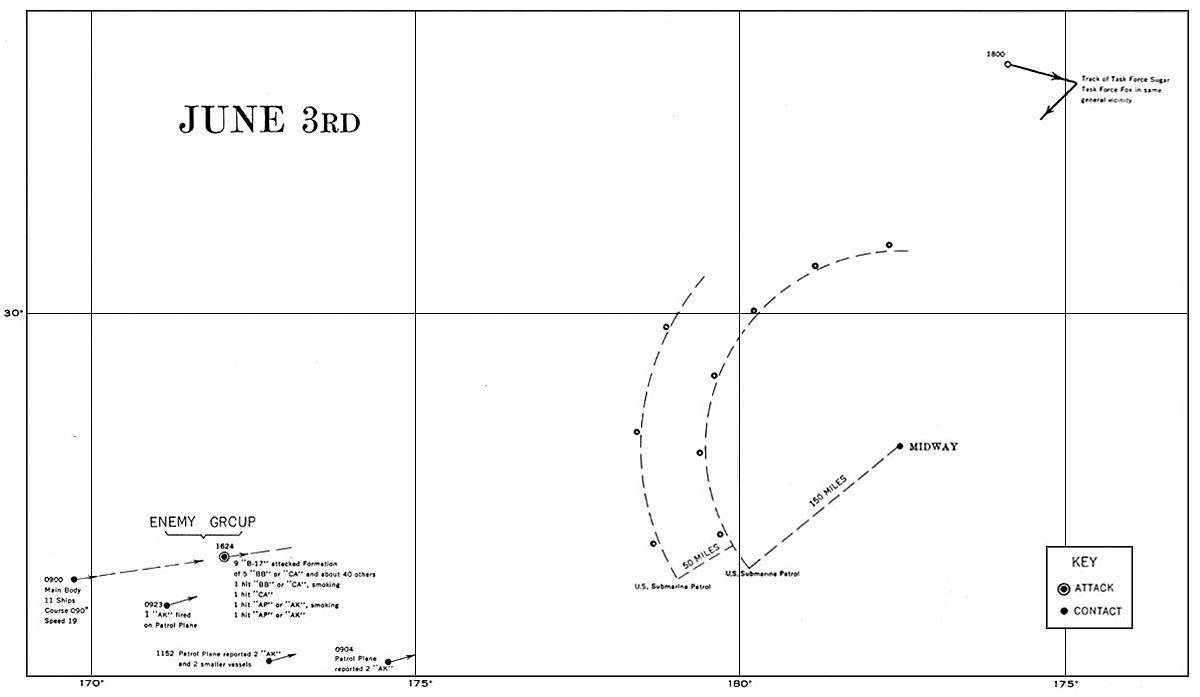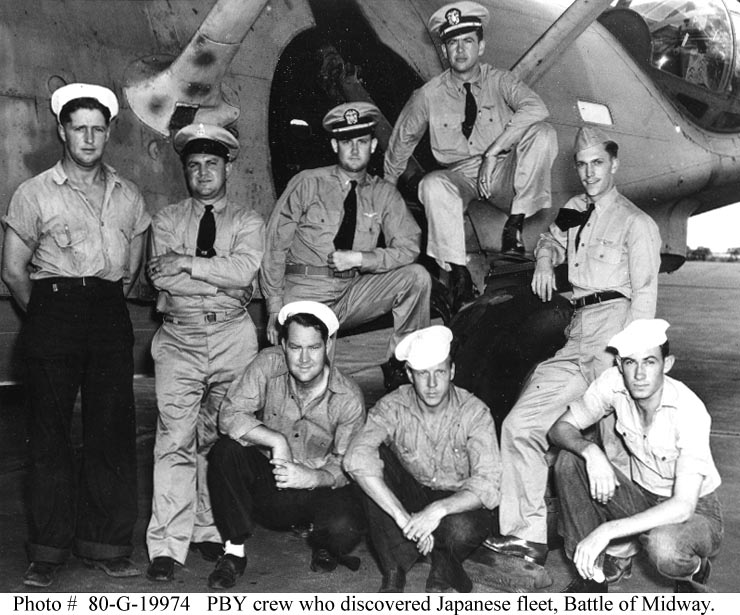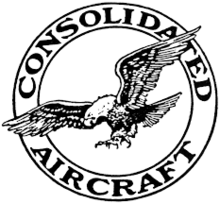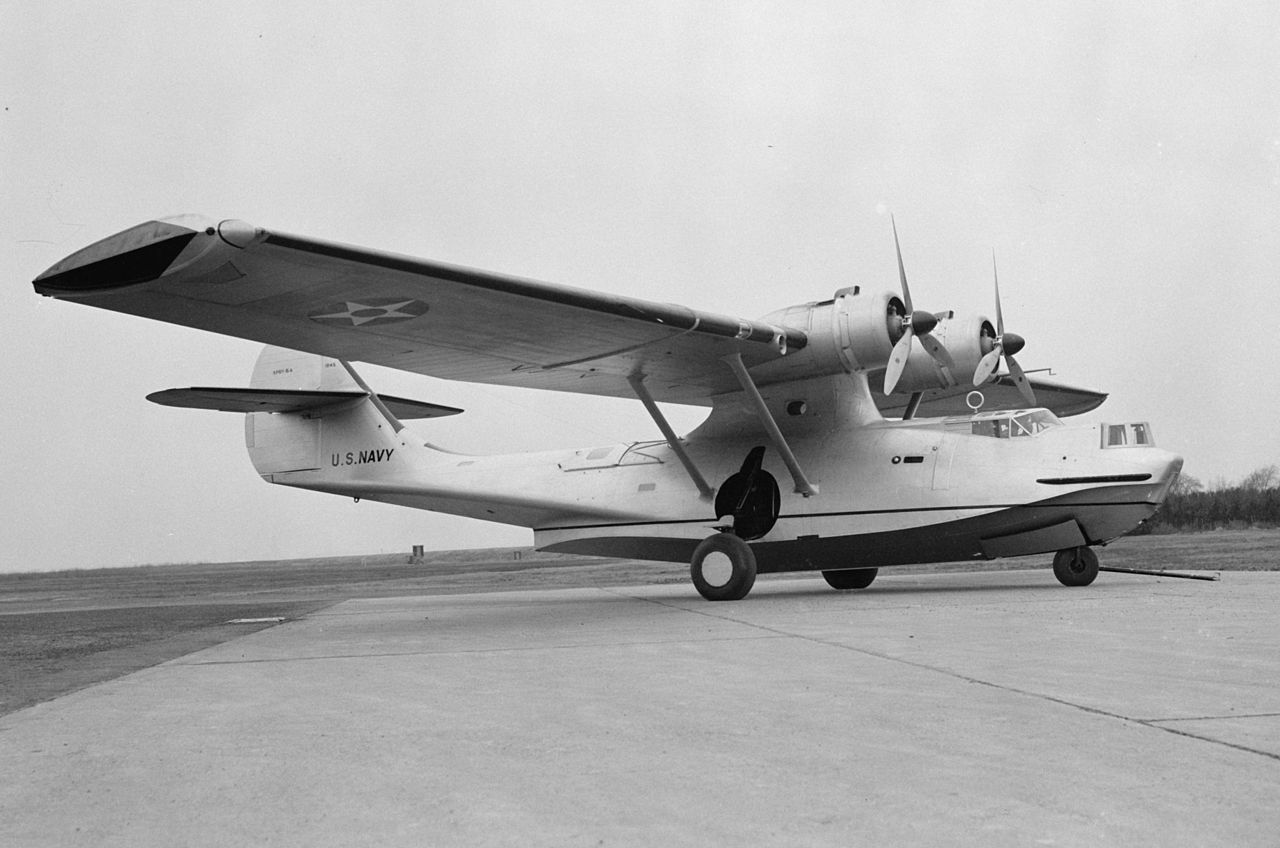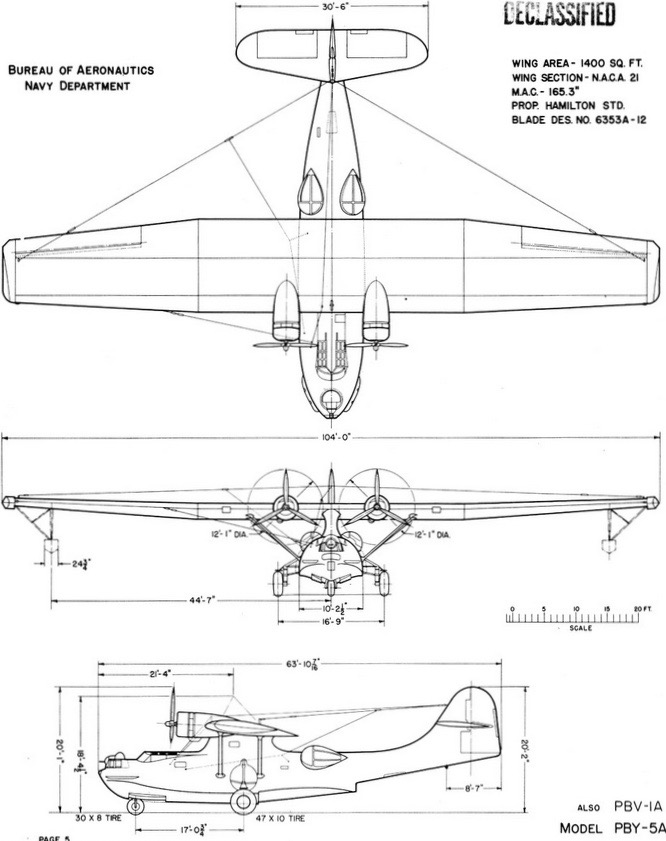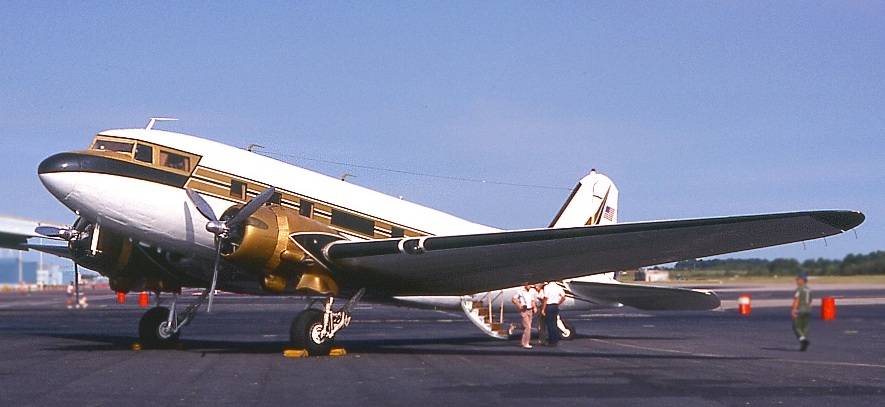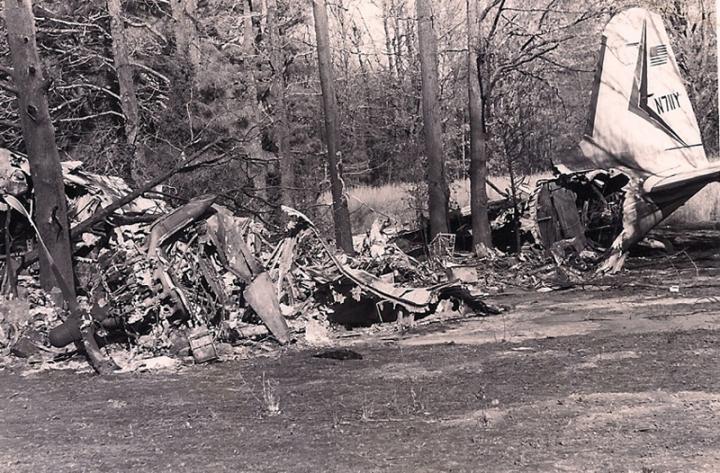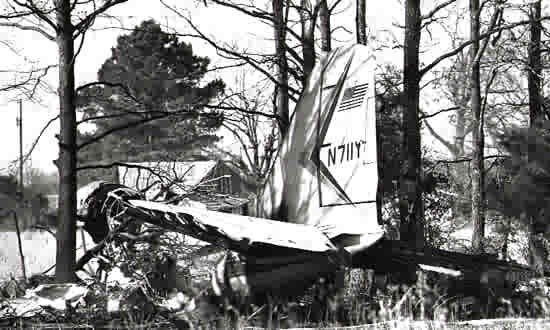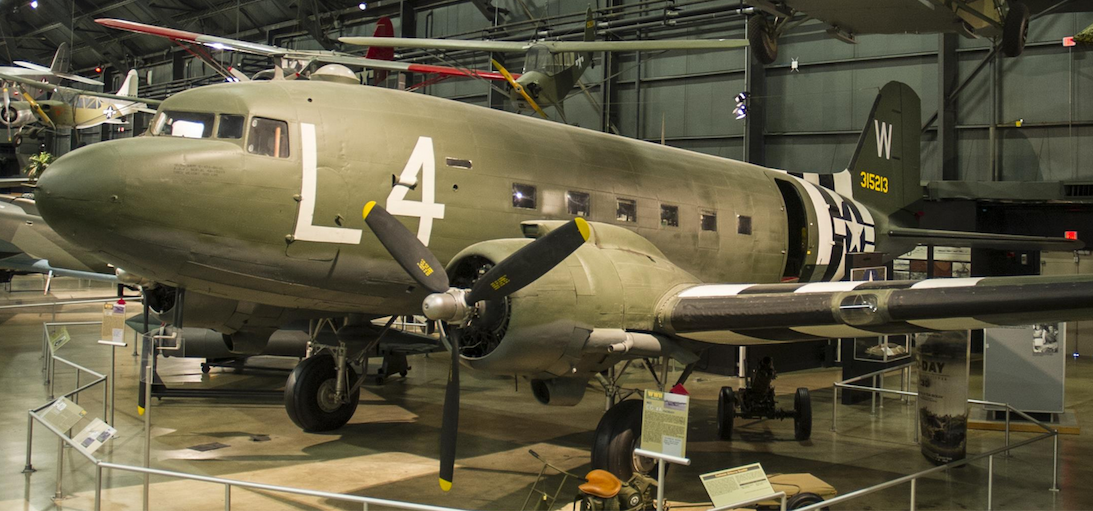
30 June 1975: The last operational Douglas C-47 Skytrain transport in service with the United States Air Force, 43-49507, was retired and flown to the National Museum of the United States Air Force at Wright-Patterson Air Force Base, Ohio.
A C-47D, it is on display in the World War II Gallery, painted and marked as C-47A-80-DL 43-15213 of the 91st Troop Carrier Squadron, 439th Troop Carrier Group, during World War II. At the time it was withdrawn from service, 43-49507 had flown a total of 20,831 hours.
43-49507 (Douglas serial number 26768) was built at Oklahoma City as a C-47B-15-DK Skytrain. The C-47B differed from the C-47A in that it was powered by Pratt & Whitney Twin Wasp S3C4-G (R-1830-90) engines. These engines were equipped with two-speed superchargers for improved high-altitude performance. Following World War II, the second speed (“high blower”) was either disabled or removed. Following this modification, the airplane was redesignated C-47D.
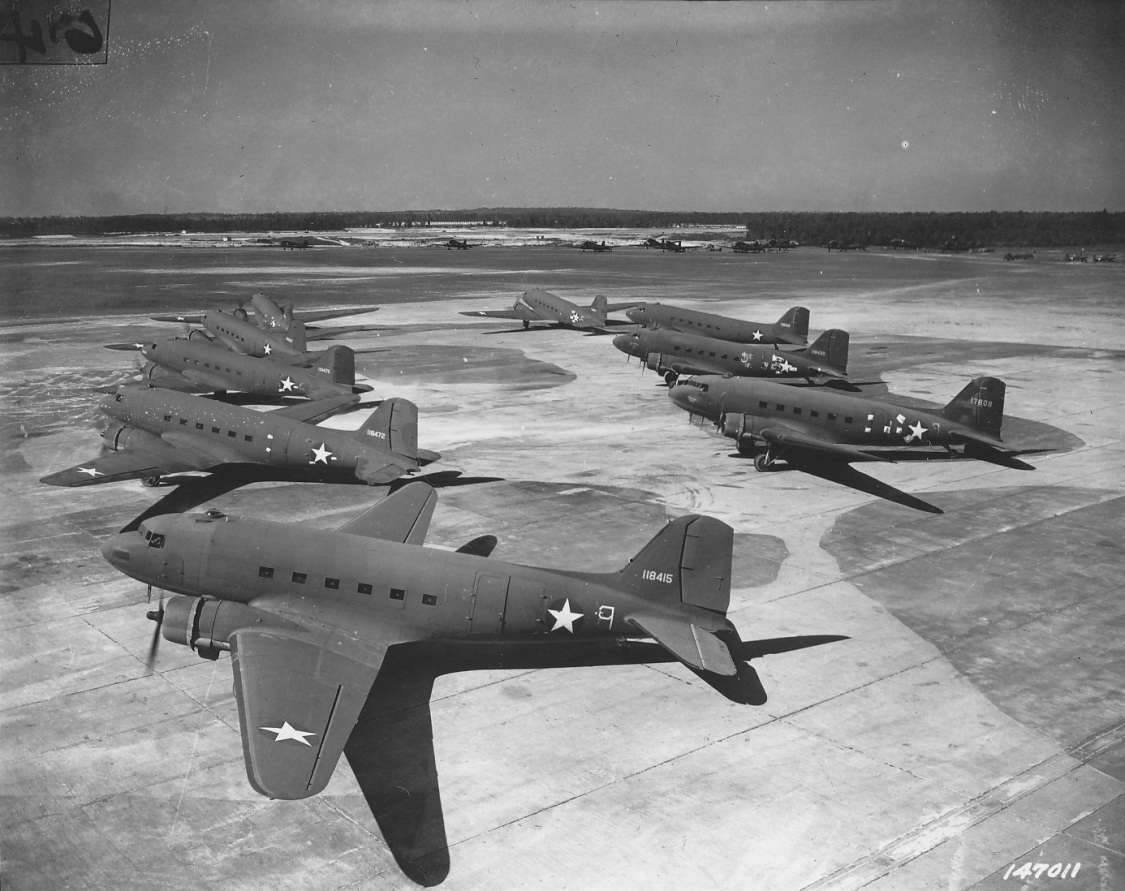

The DC-3 made its first flight 17 December 1935, while the C-47 flew for the first time six years later, 23 December 1941.
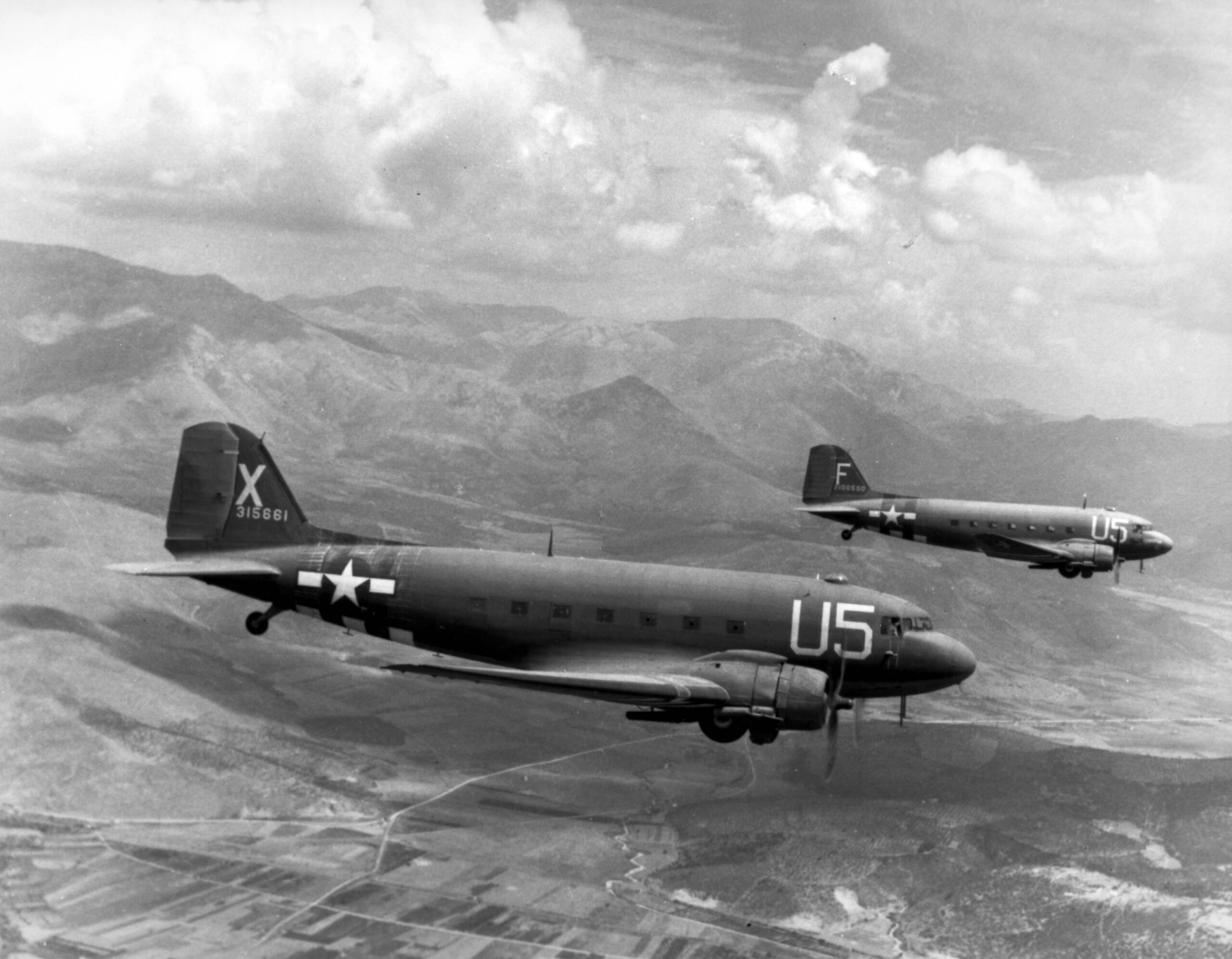
The C-47 is 64 feet, 5½ inches (19.647 meters) long with a wingspan of 95 feet (28.956 meters) and height of 17 feet (5.182 meters). The total wing area is 988.9 square feet (91.872 square meters). The angle of incidence is 2°. The wing center section is straight, but outboard of the engine nacelles there is 5º dihedral. The wings’ leading edges are swept aft 15.5°. The trailing edges have no sweep. Empty weight of the C-47D is 17,865 pounds (8,103 kilograms) and the maximum takeoff weight is 33,000 pounds (14,969 kilograms).

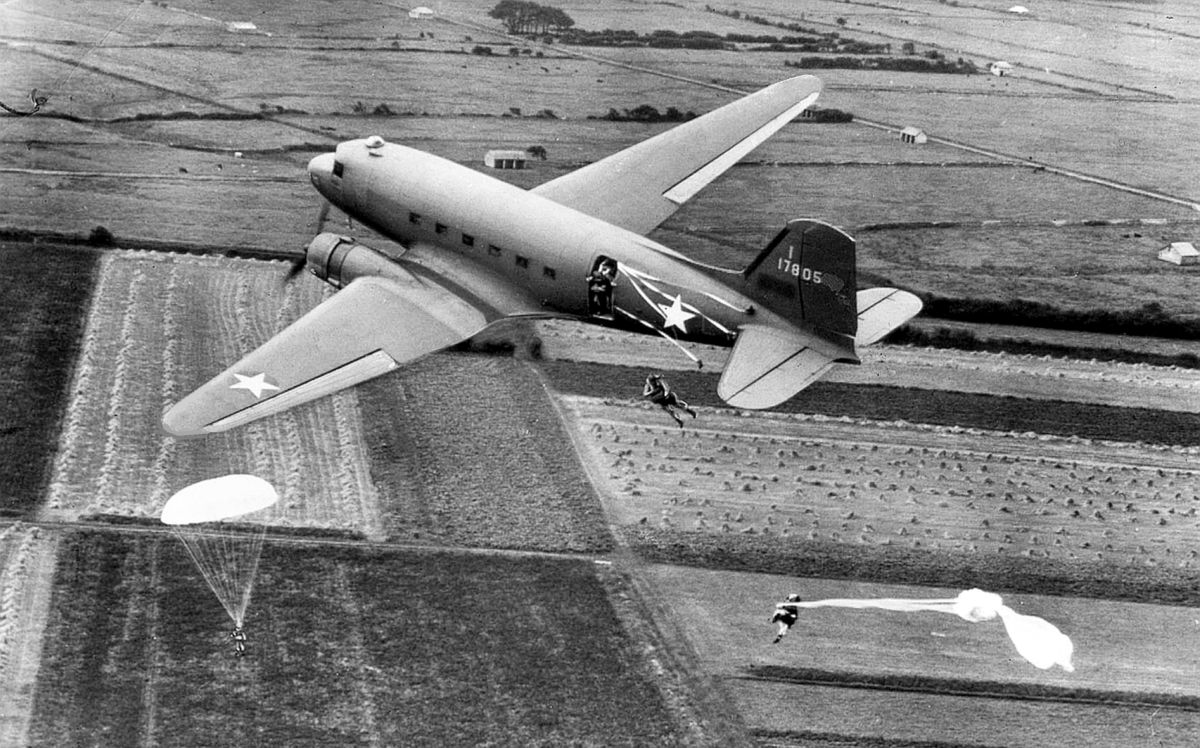
The specifications of the Pratt & Whitney Twin Wasp S3C4-G (R-1830-90) installed on the C-47B and C-47D were nearly the same as the -92 engine of the C-47A. Displacement and compression ratio were identical. The engines’ diameters were the same, though the -90 was very slightly longer than the -92—1.85–2.74 inches (4.699–6.960 centimeters), depending on specific variant. Also, the -90 was heavier than the -92 by 25–30 pounds (11.34–13.61 kilograms), again, depending on the specific variant. The R-1830-90 could maintain 1,000 horsepower at 2,550 r.p.m. at 12,500 feet (3,810 meters), and 1,000 horsepower at 2,700 r.p.m. at 14,000 feet (4,267 meters), a significant increase over the -92.
The C-47D has a cruising speed of 161 knots (185 miles per hour/298 kilometers per hour) at 10,000 feet (3,048 meters), and maximum speed of 202 knots (232 miles per hour/374 kilometers per hour) at 3,500 feet (1,067 meters). Its service ceiling was 22,150 feet (6,751 meters). The Skytrain had a maximum range of 1,026 nautical miles (1,181 miles/1,900 kilometers) with full cargo.
The C-47 could carry 9,485 pounds (4,302 kilograms) of cargo, or 27 fully-equipped paratroopers. Alternatively, 24 patients on stretchers could be carried, along with two attendants.
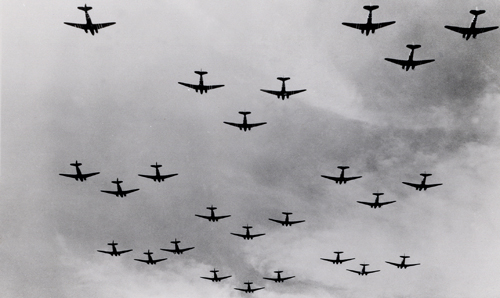
On D-Day, The Sixth of June, 1944, a formation of C-47 Skytrains, nine airplanes abreast, 100 feet (30 meters) from wing tip to wing tip, 1,000 feet (305 meters) in trail, stretching for over 300 miles (483 kilometers), airdropped 13,348 paratroopers of the 82nd and 101st Airborne Divisions, United States Army, and another 7,900 men of the British Army 6th Airborne Division and the 1st Canadian Parachute Battalion, behind the beaches at Normandy, France.
During the Vietnam War, 53 C-47s were converted from their transport role to AC-47 Spooky gunships. These were armed with three fixed, electrically-powered General Electric GAU-2/A .30-caliber (7.62 NATO) Gatling guns firing out the left side of the fuselage. These aircraft were highly effective at providing close air support. The three Miniguns could fire a total of 12,000 rounds per minute.
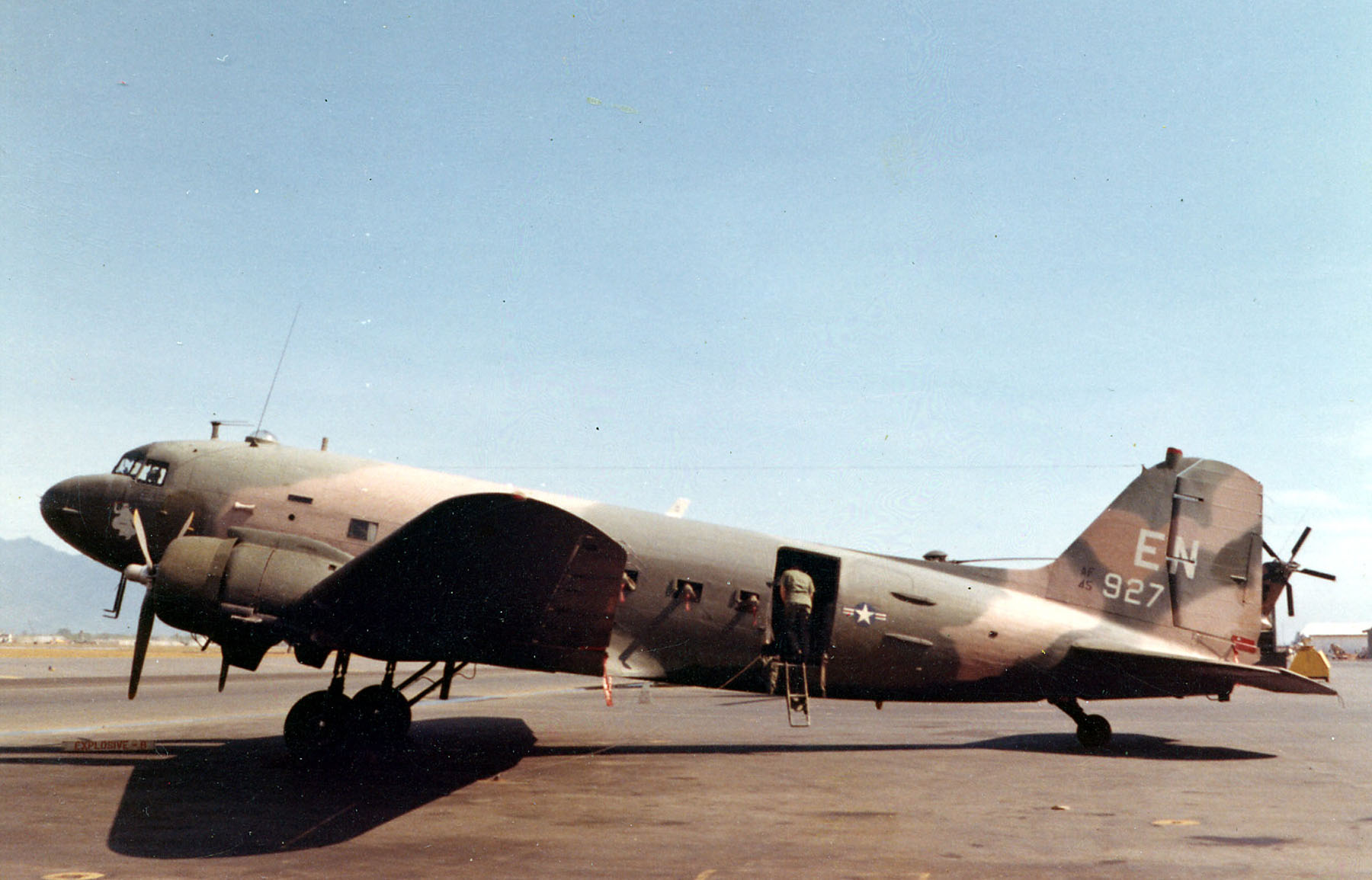
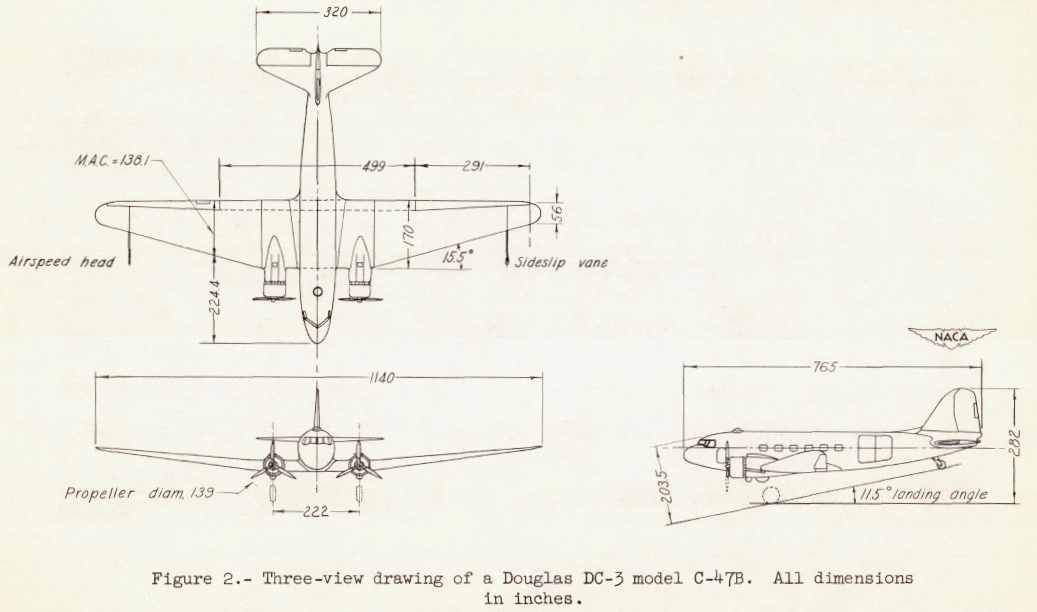
Douglas Aircraft Company built 10,174 C-47 Skytrains at its factories in Santa Monica and Long Beach, California, and at Oklahoma City, Oklahoma.
© 2018, Bryan R. Swopes
